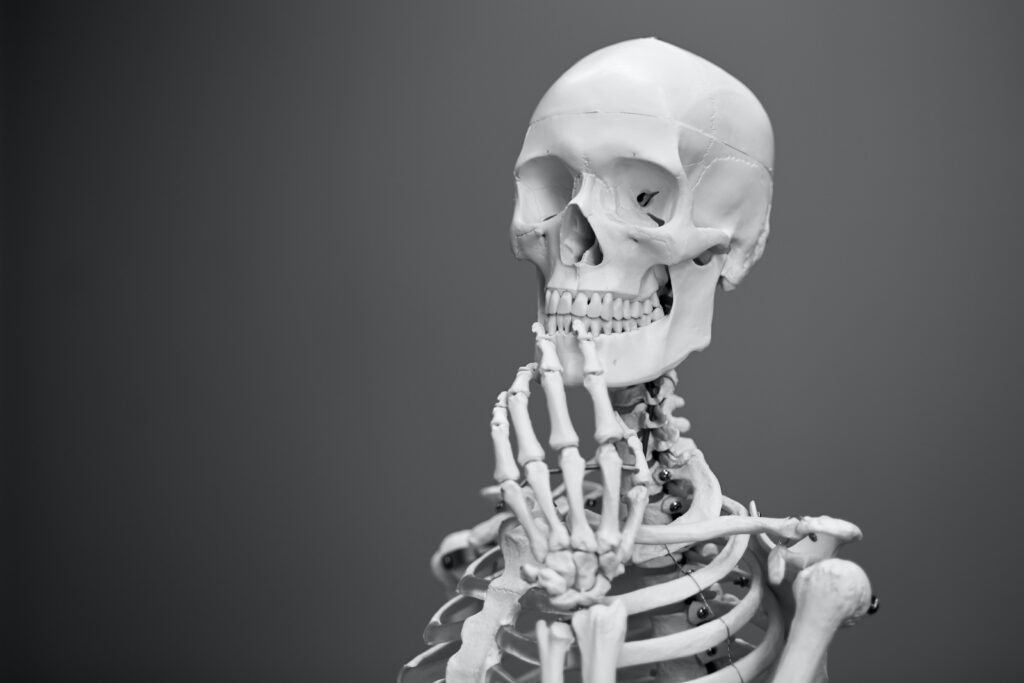In a study of community-dwelling older adults, every standard deviation lower BMD at the femoral neck was linked with a 12% higher risk for developing all-cause dementia, says Mohammad Arfan Ikram, MD, PhD, of Erasmus University Medical Center in Rotterdam, The Netherlands, and colleagues.
MedPage Today’s recent article entitled, “Osteoporosis: Another Dementia Predictor?” says that each standard deviation lower for femoral neck BMD was also linked with a 14% higher risk for Alzheimer’s disease during the 11-year follow-up, the group wrote in Neurology.
When the researchers looked at only the first decade of follow-up, older adults falling into the lowest group of BMD in the femoral neck had a twofold higher risk for dementia than those in the highest tertile. In the first 10 years, those in the lowest tertile for trabecular bone score and total body BMD also saw a significantly higher risk for developing all-cause dementia. However, when expanding to the entire follow-up period, only low femoral neck BMD was still significantly connected with dementia onset.
“Low bone density and dementia are two conditions that commonly affect older people simultaneously, especially as bone loss often increases due to physical inactivity and poor nutrition during dementia,” noted Ikram. “However, little is known about bone loss that occurs in the period leading up to dementia. Our study found that bone loss indeed already occurs before dementia and thus is linked to a higher risk of dementia.”
“Previous research has found factors like diet and exercise may impact bones differently as well as the risk of dementia,” Ikram added. “Our research has found a link between bone loss and dementia, but further studies are needed to better understand this connection between bone density and memory loss.”
“It’s possible that bone loss may occur already in the earliest phases of dementia, years before any clinical symptoms manifest themselves,” he explained. “If that were the case, bone loss could be an indicator of risk for dementia and people with bone loss could be targeted for screening and improved care.”
The researchers also noted that prior data suggested a link between low femoral neck BMD with structural brain changes, which may be a major driver of elevated dementia risk. These changes include declined white matter volume, increased white matter hyperintensity volume, the occurrence of silent brain infarction and progression of parenchymal atrophy.
In addition, it’s possible that these individuals experienced some loss of cognition that subsequently lead to poorer dietary nutrition and lifestyle habits.
Reference: MedPage Today (March 22, 2023) “Osteoporosis: Another Dementia Predictor?”
